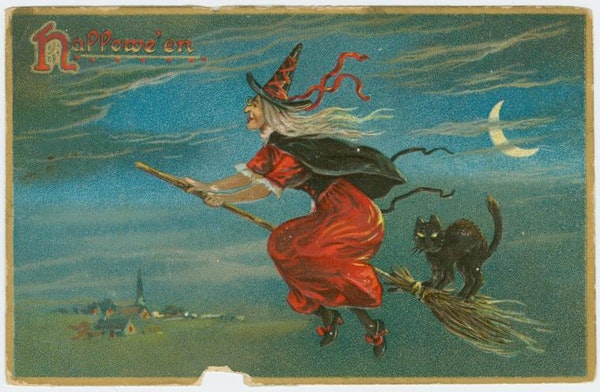October 20, 2021
For the Celts, who lived during the Iron Age in what is now Ireland, the U.K., and other parts of Northern Europe, the land they knew was one of legends and fairytales, and the celebration of Halloween was full of superstitions and rituals.
Halloween evolved from the ancient Celtic holiday of Samhain—a pagan religious festival originating from an ancient Celtic spiritual tradition in which they celebrated their dead.
On the night of October 31, the sprits of the dead returned to earth, and the Celts honored them. The living blamed these dead ancestors for causing trouble and damaging crops.
Also, Samhain was the name of an evil demon of Hell who could only rise when summoned by two powerful witches through three blood sacrifices stretched out over three days—the last sacrifice performed on the final day of the harvest—a day that was eventually called Halloween.
The Celts believed that the presence of the otherworldly demons and dead spirits would make it easier for their priests to make predictions, and foretell the future.
Over the centuries, Halloween transitioned from a pagan ritual celebrating the dead and the divine aspect of the harvest to a day of parties, costumes, jack-o-lanterns and trick-or-treating for kids—and adults.
Today, Halloween may be a secular affair, dominated by candy, ghoulish costumes and trick-or-treating, but, as I have already said, the holiday is rooted in the ancient Celtic pagan festival of Samhain.

